Wings For Ukraine: The Other Option
Western Fighters are a no brainer, But is the F-16 really the best bet?
With all the talk about the coming offensive, and discussion over the options available for supplying Ukraine with western fighter jets, the option of the F-16 is one that is continually put on the table, albeit with limitations. While it appears the F-16 has all but been selected for Ukraine this article will take a look at one of the other options that was discussed. Namely, the usage of used F/A-18 airframes to provide the UAF with competent airpower. We’ll look at some of the options available for sourcing air frames, and examine some of the differences between the two platforms, including weapons availability and logistical needs.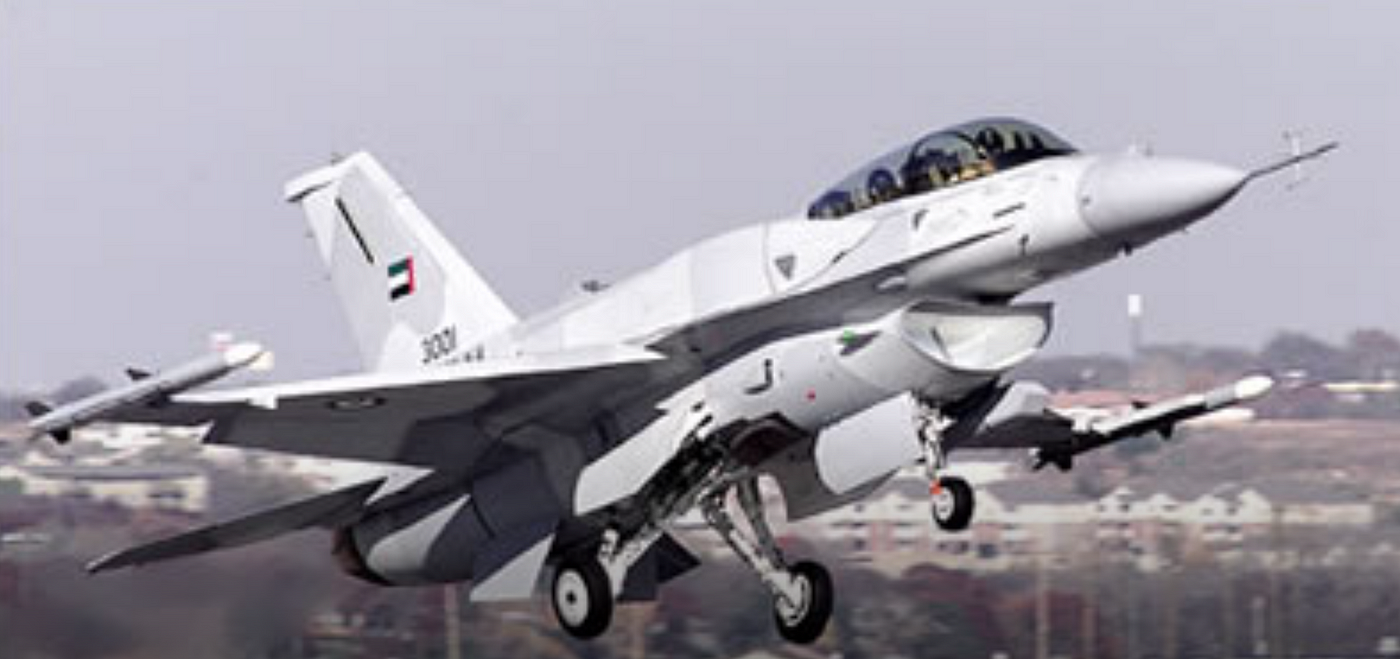 Block 50 F-16 is a fine candidate for Ukraine’s Airforce. But there may be a better option.
Block 50 F-16 is a fine candidate for Ukraine’s Airforce. But there may be a better option.
The Requirement:
The usage of Airpower by UA in this conflict has been dictated by a number of issues with regards to platform availability and serviceability. As a former member of the Soviet bloc the weapons availability to Ukraine whilst being reasonably modern, came with the usual restrictions and limitations in regards to deploying fighters effectively. With a front line fleet revolving around cold war era platforms that included Mig-29, Su-25 and Su-27 fighters, these limitations did not stop UA forces from using these platforms effectively during the early stages of the invasion. These fighters were particularly influential during the attempted takeover of Hostomel Airport, with a number of transport planes being downed to great affect. We also saw a number of ingenious adaptations along the way, with the SU-25 being adapted to carry and fire Storm Shadow cruise missiles, and the MiG-29 being modified to carry and fire AGM-88 HARM anti radar missiles via a tablet interface.
However despite this, the intensity of the battle along with the constant push by both sides to use air power effectively meant that airframe serviceability and logistics became a greater factor influencing the usage of jets the longer the conflict went on. Whilst we saw calls for western airframe’s right from the start, the intensive logistical footprint of most western fighters paired with a lack of western training and tactics meant that these early calls for aviation support went mostly unanswered.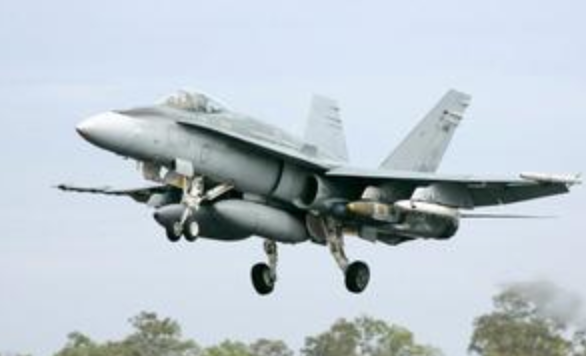 RAAF F/A-18 carrying 2x JDAM-ER 1000lbers
RAAF F/A-18 carrying 2x JDAM-ER 1000lbers
With the successful stand being maintained across the war, these early calls came back to the forefront when it emerged in early 2023 that air defense started to face issues in using its soviet era systems to defend the cities, with the barrages of cruise missiles and cheap drones being used to deplete inventories of usable air defense weapons. With this situation in the making, calls for western jets reached fever pitch, with the F-16 being touted as the prime contender in regards to that initial support.
However while the F-16 is a good option, the logistical requirements remain unchanged. This means long runways, secure facilities for maintenance and rearming and the ability for ground forces and air defense to provide on ground protection for these aircraft while they are on the ground and vulnerable. These requirements dictate that many sites deemed capable using the current MiG and Sukhoi fleet may be deemed less capable when being assessed for aircraft such as the F-16.
So ideally, any replacement for this fleet has a requirement to be usable in a semi austere capacity, giving it the ability to operate from dispersed airfields, highways and other available facilities whilst using internal maintenance and logistical pipelines AND being able to carry a large array of western munitions and weapons. This is no small ask.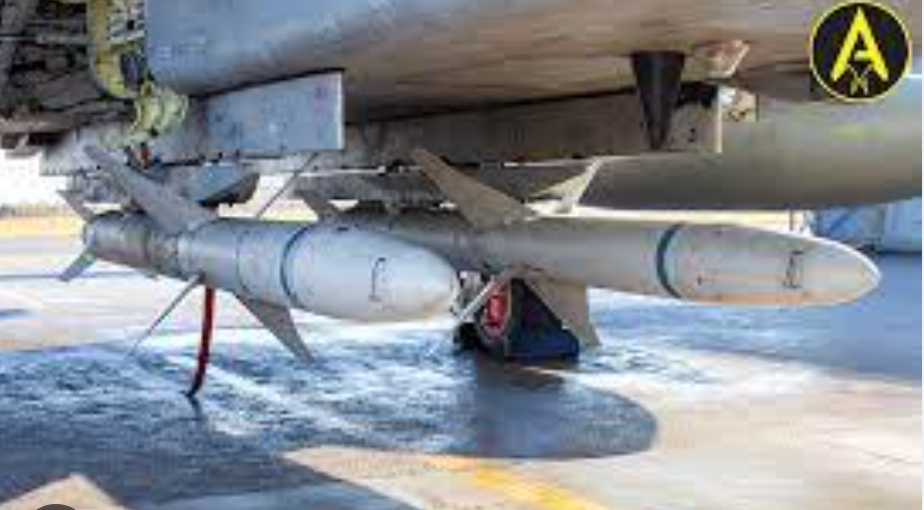 Ukraine MiG-29 has already been hotwired to carry AGM-88 HARM via tablet interface
Ukraine MiG-29 has already been hotwired to carry AGM-88 HARM via tablet interface
Lightweight Contenders:
While heavyweight fighters such as the F-15 have been discussed, most of the focus has revolved around lighter cheaper airframes, namely F-16’s of a yet undetermined type. However as time progresses we have started to hear more from media sources and sources within Ukraine that brings a second contender into the mix. Namely, the McDonnell Douglas / Boeing F/A-18 Hornet. This is a lightweight fighter, from the same era of the F-16, serving as the primary fighter for the US Marines and Navy, The Royal Canadian Air Force, and the Royal Australian Air Force. After reaching maturity, with thousands built, this capable lightweight fighter evolved into the more refined F/A-18 Super Hornet, a larger more modern version of the Hornet that included single and dual seat variants as well as an electronic warfare variant, the EA-18 Growler that we’ve touched on in previous articles. These 4th generation air frames are mature designs, with proven combat experience in both air to air and air to ground domains and well integrated training pipelines. While some major operators have started to retire their fleets, others have divested themselves of them entirely meaning that inactive airframes are available for use in the right circumstances. While plenty of others have focused on the F-16 for the purposes of today’s article, we’ll focus on the F/A-18 or more specifically a group of retired F/A-18s that were recently retired by the RAAF as the new F-35 replacement reached operational capacity.
The Airframes:
The F/A-18 has a long and esteemed history in RAAF service, being the services front line fighter since the late 80’s. With the first Hornets arriving in 1983 from the United States, the remainder of the fleet were built in country and were a mixture of single seat A models along with a small number of two seat B models with 75 total orders filled before the books were closed. These airframes received meticulous maintenance over the years along with many upgrades, including a program known as the Hornet Upgrade Program or HUP for short. This program examined the fuselage and center barrel assemblies and carried out upgrades where required giving the upgraded airframes an extended service life. It also added improved avionics, with Helmet Mounted Cueing Systems, upgraded AN/APG-73 radar, ALR-67 Radar Warning Receiver and Litening A/T sensor pods being added through the upgrade period. While the airframes are high in hours, the fact they have not been operated from aircraft carriers means they have been less exposed to corrosion issues due to operating within a saltwater environment.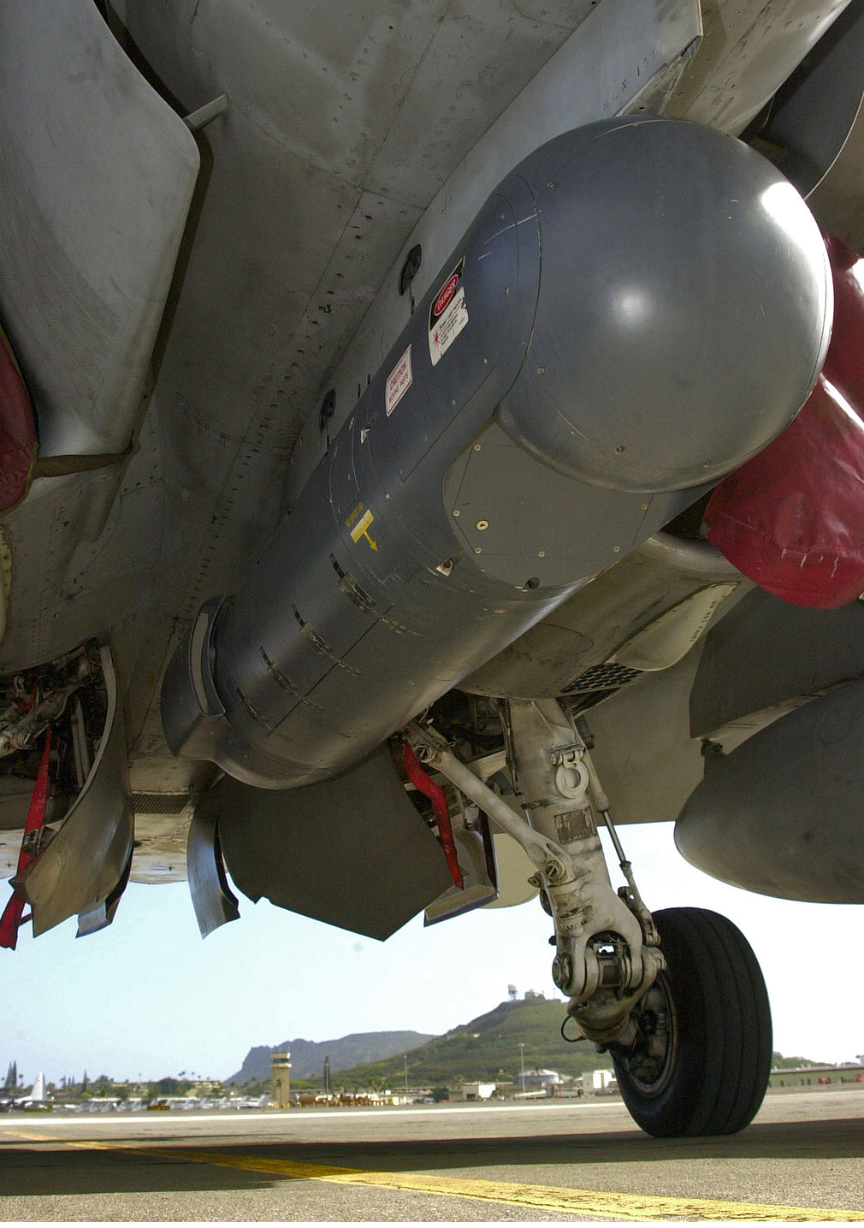 Litening A/T Pods are a significant advantage. We can also see that beefy landing gear designed for carrier ops that also happens to be just perfect for dispersed use within Ukraine.
Litening A/T Pods are a significant advantage. We can also see that beefy landing gear designed for carrier ops that also happens to be just perfect for dispersed use within Ukraine.
Due to the Hornets role as the tip of the Australian Spear, they are equipped to carry a large array of western weapons system. This means that should they be adopted into Ukrainian services that multiple proven systems are available for use in both air to air, and air to ground capacities with the RAAF fleet able to use Paveway and JDAM guided weapons, AGM-158 LRASM and AGM-84 Harpoon anti ship weapons, as well as the full GBU series of unguided bombs. For air to air they are equipped to fire the ASRAAM short range missile, the AIM-120 AMRAAM and the cold war era Semi-Active homing AIM-7 Sparrow meaning that large inventories of these weapons remain available for use within the current conflict.
One of the biggest advantage the Hornet has over the F-16 however, is it’s rugged landing gear and ability to operate from shorter more austere runways. With the US Navy operating them from flattops and the expectation that in RAAF service these aircraft would at times operate from bare bones bases in the north of Australia, they are well equipped to operate from dispersed airfields within Ukraine.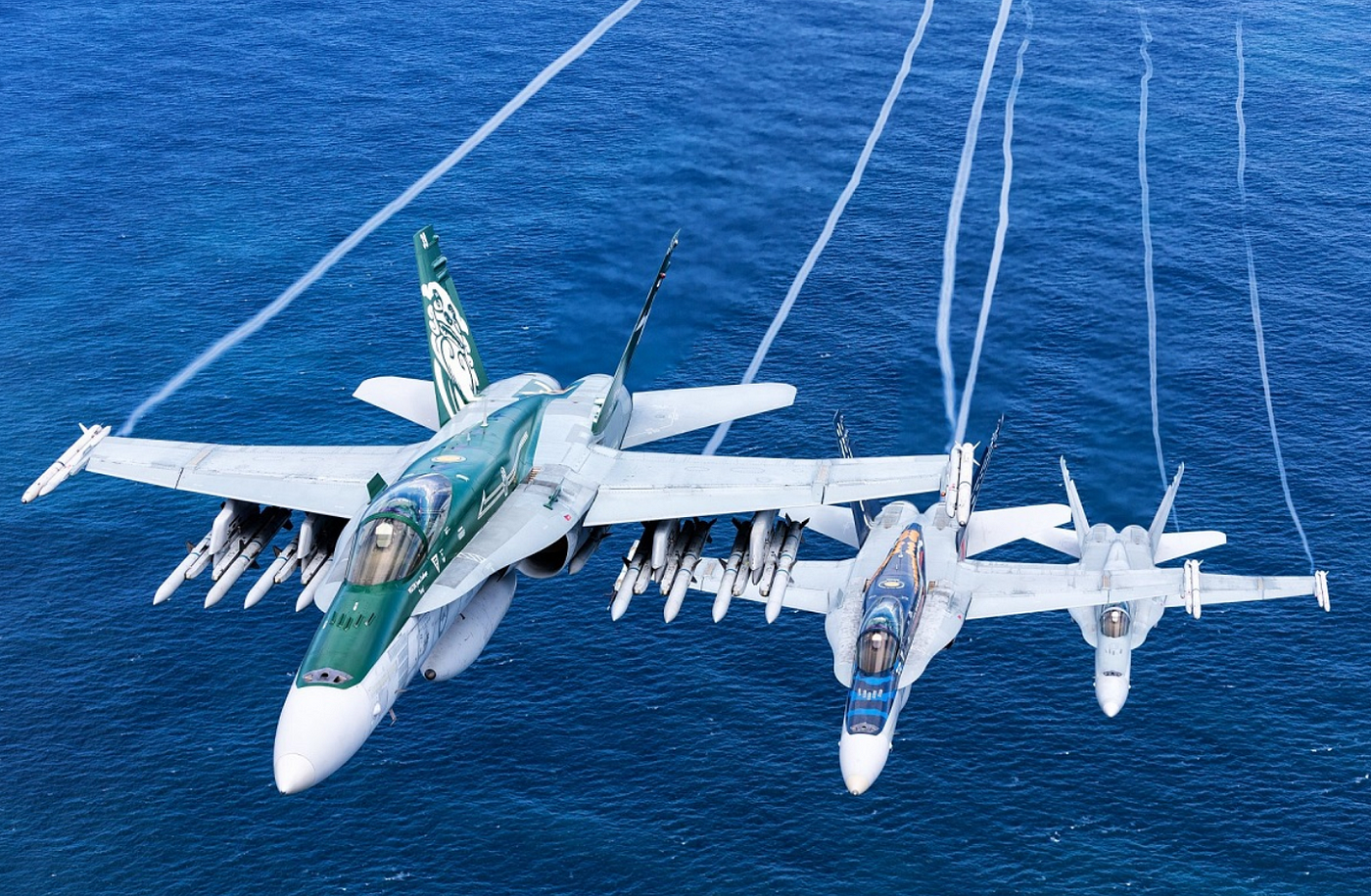 The F/A-18 carries a significant amount of Air to Air Weapons in “Beast Mode”
The F/A-18 carries a significant amount of Air to Air Weapons in “Beast Mode”
So is it Viable:
Well this depends on who you ask! However regardless of this, these Hornets have had an interesting life since retirement. With a total of 4 airframe losses over it’s service life the RAAF was left with 71 after reaching IOC with the F-35 fleet. Some of these were purchased by Canada, so they could extend the remaining life of their aging CF-18 fleet. However 46 of the aircraft were originally under negotiation for purchase as Aggressor trainers, intended to be operated by American based company RAVN Aerospace who was to be providing these services. However with this deal not reaching completion around these airframes remain in storage looking for a new home.
While these aircraft have been in unflyable storage the big questions have been asked regarding both how long it may take to put these airframes back in to service and how combat effective they would be if this was the case. While reports remain mixed about the condition of the aircraft one thing is well known and that is that the RAAF put these aircraft through extensive upgrades during the late 2000’s with radar, weapons, communication and targeting system upgrades all carried out in the years leading up to the types retirement. This results in a capable airframe, able to operate effectively within both air to air and air to ground capacity all while giving easy access to the NATO spec logistics pipeline, including weapons.
While they would be particularly useful in their Air to Air roles, probably the biggest benefit operating this platform would provide would be full and unrestricted usage of weapons systems already provided. With AGM-88 anti radar missiles, ADM-160 MALD Decoys and JDAM-ER Glide Bombs already being used by Ukraine, the Hornet provides a launch platform that is capable of advanced targeting and gives an additional boost in regards to the range and performance of ground attack weapons. The Australian Hornets also have the advantage of a modernized Link-16 datalink package, providing the aircraft with the ability to be easily integrated into the usage of other western platforms such as Patriot and other Western Air Defense systems, sharing targeting and other information near instantly, providing a full picture view of the battlespace.
In terms of training, UA pilots and maintainers would need UA Language service and flight manuals and an organisation to implement and adapt a training pipeline to get pilots, maintainers and other essential staff on board. With the Hornet still being flown by other countries as well as the Marine Corps, there are options available to tackle this problem should this road end up being traveled. While initial estimates for a full F-16 training course top out at around 12 months, it’s reasonable to assume that teaching experienced Pilots, that already have combat experience will take significantly less that that.
If you’re an Australian and you’d like to see these used F/A-18 Hornets end up in Ukraine you can contact Australian Defense Minister Richard Marles to voice your approval for this scheme. The email for his office can be found here
If you’d like to support Ukraine in the defense of their homeland you can do so here.
And if you’d like our latest updates across all platforms, you can do so by following our telegram here A21–118 looking rather photogenic. Working clean apart from 2x wingtip mounted AIM-132 ASRAAM
A21–118 looking rather photogenic. Working clean apart from 2x wingtip mounted AIM-132 ASRAAM



























